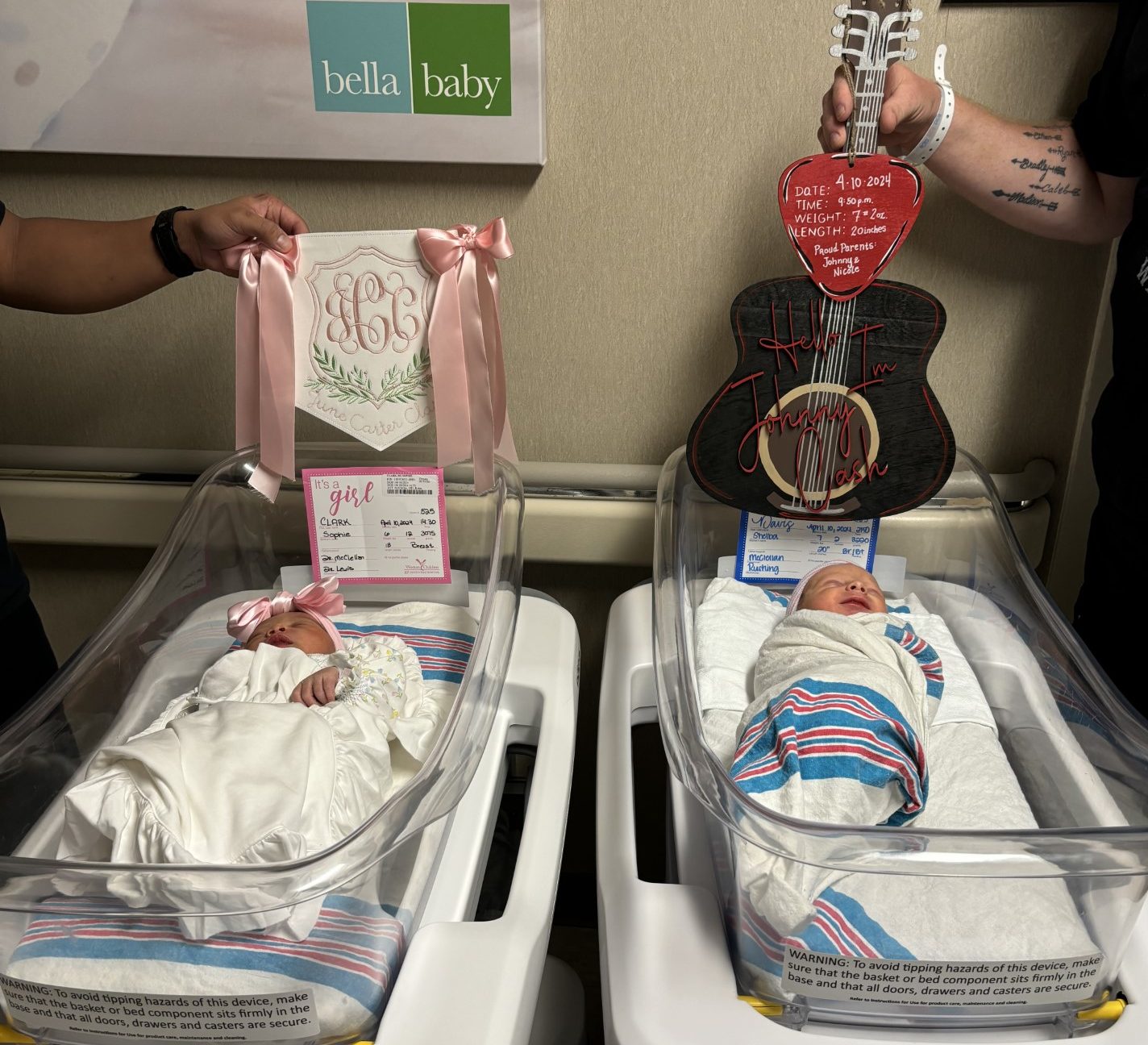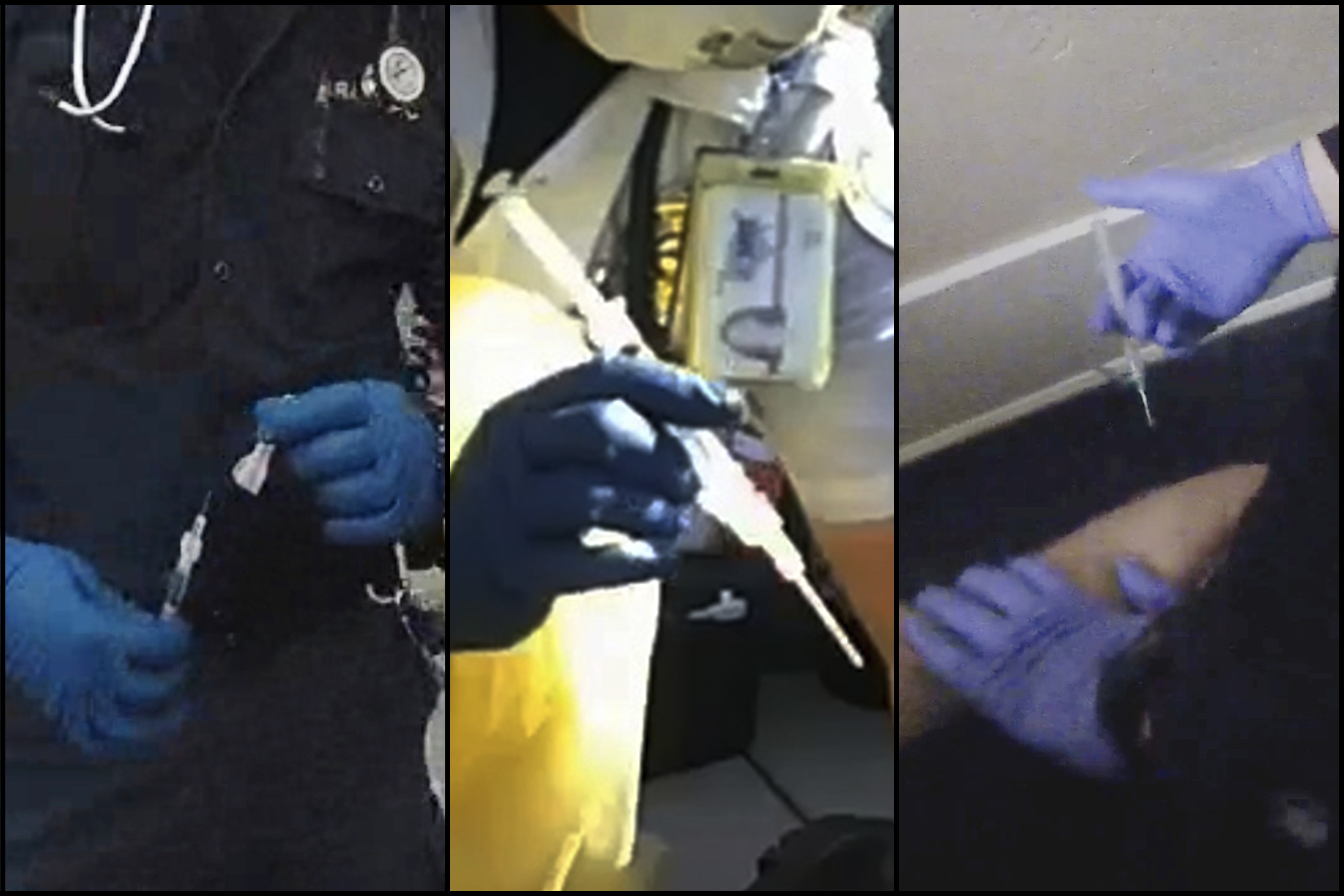After 40 years of tightly guarded living in the Santa Cruz mountains, the most famous gorilla on the planet named Koko is getting a makeover.
It's not the kind that starts with a new hairdo or manicure. This makeover impacts Koko's human family’s non-profit in both financial and executive leadership terms.
They are in a clock-ticking fight to save Koko’s species of endangered lowland gorillas.
If their organizational transition is successful, her handlers at the Gorilla Foundation in Redwood City say Koko has a shot at settling into a new home in Hawaii with a family of rescued gorillas.
Since 1990, the foundation has had access to a natural preserve in Maui, where they planned to construct the first tropical gorilla sanctuary outside of Africa.
Such a home, they say, could provide a refuge for hundreds of gorillas facing extinction from a combination of poaching and over-development in their homelands.
But fundraising faltered. They remain roughly $10 million shy of their goal. Other issues intervened as well and the foundation’s dream of a Maui Preserve has not yet materialized.
U.S. & World
News from around the country and around the globe
Now, with the plight of lowland gorillas worsening, the Gorilla Foundation is hoping a new executive director, with strong ties to technology, could forge the partnerships necessary to – in Silicon Valley parlance – more effectively “leverage” the Koko brand.
Gorilla Foundation President Dr. Penny Patterson says with a sign language vocabulary of more than 1,000 gestures, and an international fan base from the numerous stories and documentaries about her, Koko herself is the best possible ambassador for the cause.
Patterson raised Koko from the time she was a one-year old ailing baby at the San Francisco Zoo.
That was in 1972, when Patterson began her doctoral thesis on inter-species communication. Her goal then was to teach Koko a gorilla modified version of American Sign Language (ASL).
Fast-forward to today and her four-year project has turned into four-decades, the longest running experiment on interspecies communication on record.
Today, Patterson acknowledges that the Gorilla Foundation she co-founded with Dr. Ron Cohn needs a new team to tackle the daunting challenges posed by poachers and endangered species.
Education, she insists, is the key to changing behavior.

NBC Bay Area became the first television station in many years to gain access to the 300-pound gorilla, nestled in her pig-pen of a trailer in the hills above Woodside.
She is magnificent. Alert, thoughtful, and to this reporter’s surprise, graceful.
She held her plate level and spooned her meal into her mouth with the almost dainty dexterity of a lady at the Ritz, never spilling a morsel. She was very intrigued by our camera and she gestured repeatedly for Patterson to unlock her gate and let us inside.
At the age of 41, Koko is nearing the end of her child-bearing years. Yet she still expresses maternal yearnings for a baby, and still signs her desire to be part of a typical gorilla family, which consists of one dominant male surrounded by many females and offspring.
If the Gorilla Foundation reaches its goals of fundraising and new leadership, Koko may be able to live out her days in a safe, natural preserve in Maui, with rescued and orphaned gorillas she could mother.
For more information on Koko and the plight of gorillas, visit the Gorilla Foundation’s homepage at this link.
View more videos at: http://nbcbayarea.com.



